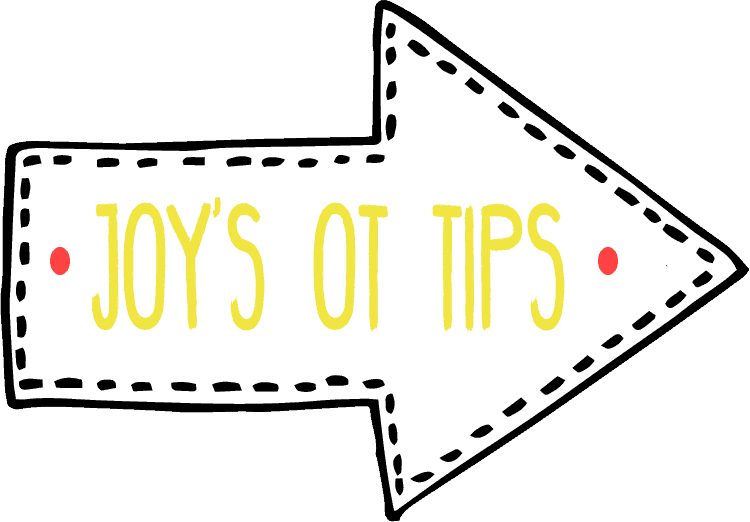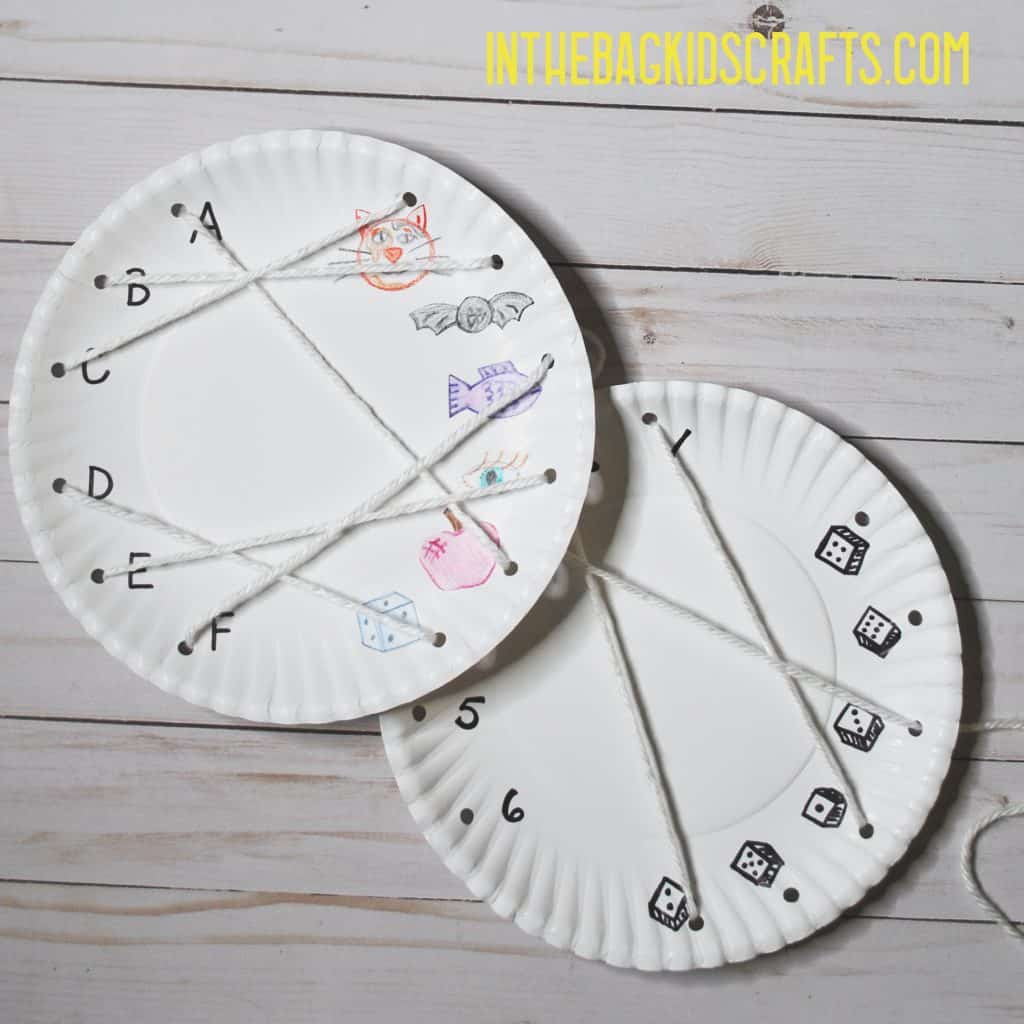Educational Lacing Kids Activity
With so many parents now taking on the task of home schooling their kiddos, I want to give you as many tools as possible to help in that process. So, you might have noticed that a lot of educational crafts on the site in recent days…you’re welcome! And today’s craft is meant to be fun but also to educate! This lacing kids activity allows you to working on matching. That may be matching alphabet letters, numbers, like items or even math problems on one side with the answers on the other. There are so many possibilities!

SUPPLIES FROM THE BAG
- Paper plate (9-inch coated)
- Paper
- Pencil
- Scissors
- Crayon
- Hole punch
- Yarn
- Glue stick
- Black Sharpie
- Tape
This simple craft is a great example of the simplicity of so many crafts here. You will see some more complex creations but lots of very simple activities that are perfect for any age. And here’s the BEST part…every single project is made from the same MASTER LIST of supplies that fit into one bag. I swear, you already have most of these things in your house right now without heading out to a single store. No more obstacles…you are now ready to craft with your family!
Step 1: Holes
- Punch 6 holes on each side of the plate, equally spaced apart

Step 2: Add the details
- Write letters on the left side of the plate, one by each hole
- Draw (or cut from a magazine) pictures that start with each letter you have written.
- *For little ones, help them to write the letters only if needed. When cutting out the small pictures, draw a square around the picture and help them to cut it out.
- Glue the pictures in place, alternating the order

Step 3: Lacing
- Cut a long length of yarn (about 2 yards). Wrap some tape around the end to make lacing easier.
- Now have your child make lines connecting the items that match by lacing in and out through the holes.

Lacing is such a great activity for working so many developmental skills! Let’s break it down…First, you pinch the end of the string using a mature pincer grasp (tip of index finger opposed to thumb). It is so small that there really is no other way to hold it and be successful. Then your eyes and hands need to work together (visual motor skills) to find the hole and put the string through it. Finally, your other hand takes over and pulls the string through. You have no choice but to coordinate the hands together (called bilateral coordination). Wow! That is a lot of bang for one little activity. Not to mention the actually matching that is happening with this craft (visual perceptual skills, letter identification, counting, etc.)
Other Options:
You can really match anything, from numbers, to letters, to random like items.

Save this for later! Pin it to your favorite Pinterest board…
